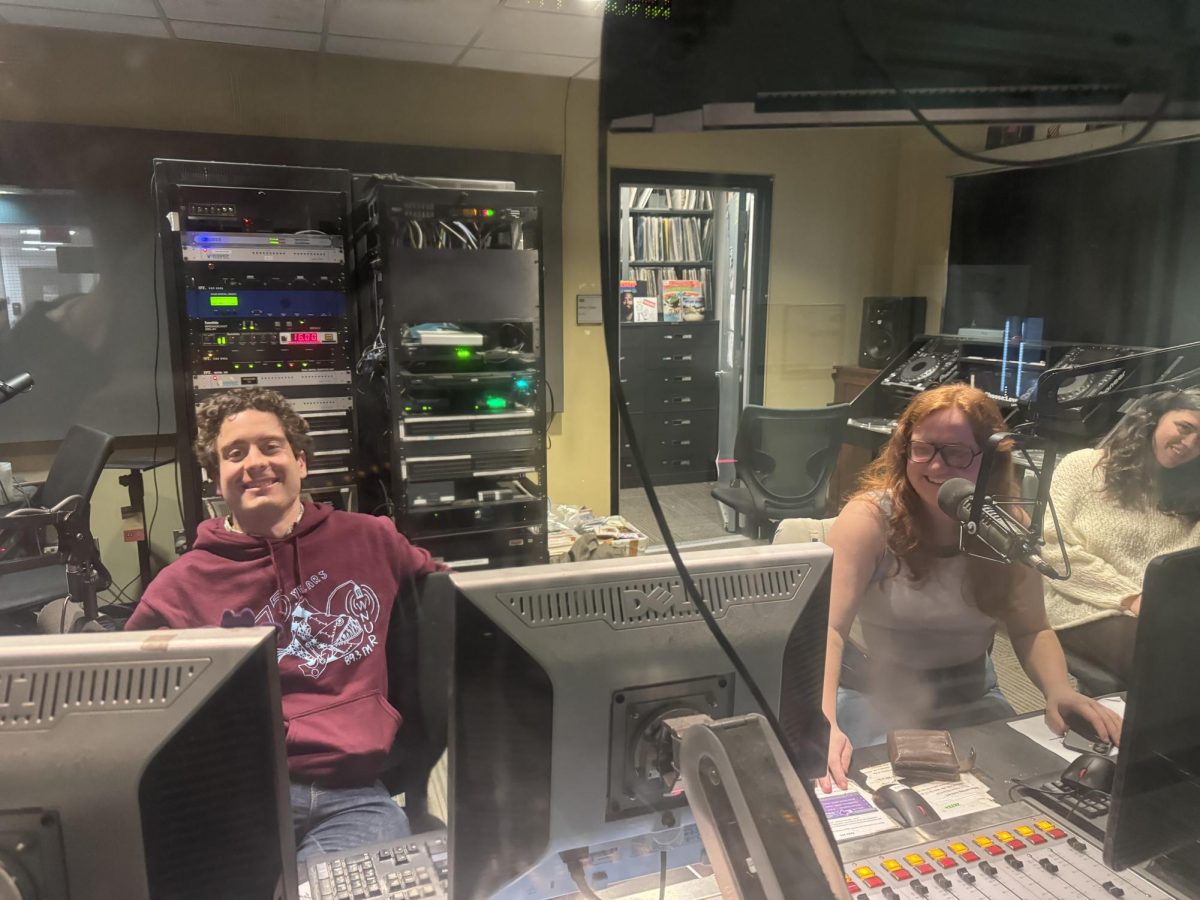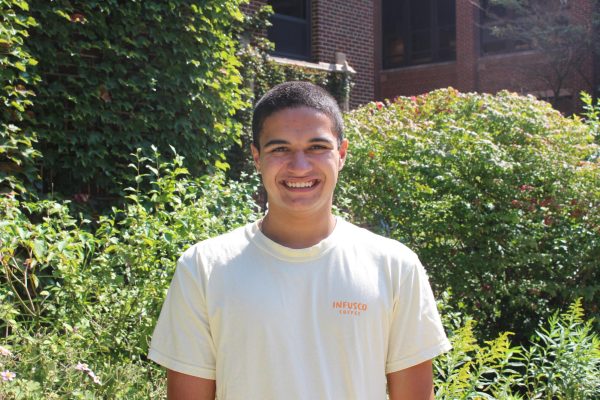The Dec. 11 District 202 School Board Meeting commenced with an announcement that, for the 14th year in a row, the high school was awarded the Certificate of Achievement for Excellence and Financial Reporting by the Government Finance Officers Association (GFOA). The award recognizes the work of local governments or institutions that excel in their financial transparency.
“It’s a very distinguished award that we’re able to receive because of our financial reporting. Each year we do our audit, and we compose our annual comprehensive financial report, which we then submit,” said Chief Financial Officer Kendra Williams.
The next item on the agenda, and the main focus of the meeting, was a report given by special education administrators at the district. Their presentation centered around a breakdown of data concerning their students’ academic performance, extracurricular involvement and demographics.
Under Illinois law, a student requires an Individualized Education Plan (IEP) to be eligible for special education services. Much of the personalization of the educational experience has to come on the part of special education teachers, who use their skill sets to meet the needs of each student.
“Building CPI (Nonviolent Crisis Prevention and Intervention) training, restorative practices and other tools into our instructional model for students so that they can experience success, develop skills and strategies, and re-engage in school productively, that is our work,” said Amy Verbrick, Director of Special Education.
In recent years, the department has made a push to include their students with IEPs in extracurricular activities at the high school, an effort that has found success.
“Last year, 31 percent of our students with IEPs participated in extracurricular activities, so far we’re at 44 percent,” said Millicent Griffin, Assistant Director of Instruction within the department. “We’re happy to see that we are including our IEP students in our extracurricular activities and being able to support them through not just what we’re doing in school but what we’re doing outside of school.”

The department’s success was additionally reflected in the achievements of students with IEPs in co-taught classes. These courses, which have been an option for many years at the high school, combine general education and special education students in the same class and provide two teachers, one trained in general education and one trained in special education. Monday’s report showed that the percent of special education students earning an A, B or C in co-taught classes has been steadily increasing.
“Our data does demonstrate that our general education co-teaching model increases the performance of all students in those classes, IEP and non-IEP, as compared to the non co-taught classes,” said Amy Verbrick, Director of Special Education.
However, for all the benefits of the co-teaching model, Verbrick acknowledged the downsides. For one, team teaching is more expensive for the district than separate general and special education classes. Additionally, the model requires extensive planning around support for students with IEPs.
“We need to have a transformative approach in this district around inclusion in general education because of the exposure, the opportunity, the belonging, all those opportunities that come with being with your peers and being seen, but also with the very real need to modify and accommodate students’ true disabling conditions that impact their access. We’re really looking for a shift in our culture,” said Verbrick. “We have work to do in general education to support all students.”
When the floor was given to the board for questions, Patricia Maunsell, board member since 2017, wanted to focus on the overrepresentation of Black students in special education programs. 23.4 percent of all ETHS students are Black, but 34.8 percent of ETHS students with IEPs are Black, a noticeable increase.
For Verbrick, much of the discrepancy can be traced back to early IEP identification within elementary and middle schools.
“The law requires that we progress monitor and exhaust intervention [attempts] before considering a student with a specific learning disability. Partnering with District 65 about intervention across reading, writing and math [is key] so that we ensure that instruction is aligned with need and so we don’t over identify,” said Verbrick.
She also acknowledged that additional challenges can result from a large influx of transfer students, something District 65 has seen recently.
Following the special education report, the floor was opened for public comment. Both speakers, Maha Jarad and Iman Williams, a former ETHS student, focused on free speech within the educational system, calling for the board to allow teachers to discuss the Israel-Hamas conflict with their students.
“We have to create the space to have those discussions,” said Jarad.
In his concluding remarks, Superintendent Dr. Marcus Campbell addressed the issue brought up by Jarad and Williams in part by discussing the recently orchestrated listening spaces, instituted to facilitate discussion about the ongoing conflict in Gaza. Campbell and Assistant Superintendent and Principal Dr. Taya Kinzie were present at each of the four discussions, two surrounding Israeli experiences and two surrounding Palestinian experiences.
“These spaces were intended to help build trust, respect and collaboration with the school and the district. We know there’s been a lot of agitation, stress and high emotions, and we hope that these listening sessions helped focus attention to creating and maintaining relationships at ETHS,” said Campbell. “We’re grateful for those who were represented, and we’re going to be following up soon on where we go from here as a district with what we heard.”









